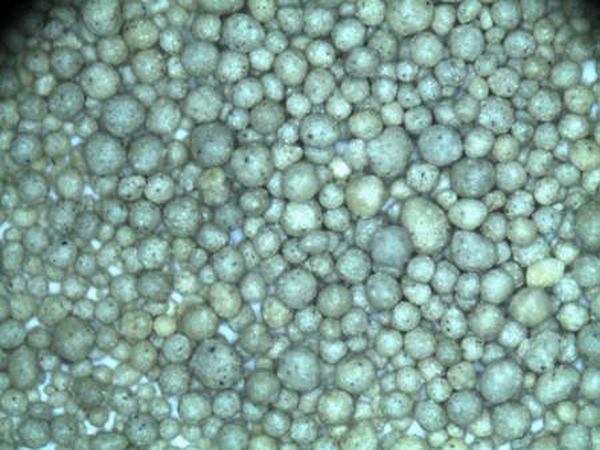The Intriguing World of Cerabead Sand Innovations in Industrial Applications
In the ever-evolving landscape of modern materials, Cerabead sand has emerged as a groundbreaking substance that is transforming various industrial applications. Known for its unique properties and versatility, Cerabead sand plays a vital role in several sectors, including foundry, construction, and environmental engineering. This article delves into the composition, properties, and innovative uses of Cerabead sand, highlighting its significance in contemporary practices.
What is Cerabead Sand?
Cerabead sand is a synthetic alternative to traditional sands used in casting processes and construction projects. It is composed of high-quality ceramic grains, which are engineered to achieve specific particle sizes and shapes. Unlike conventional sand, which can vary significantly in quality and composition, Cerabead sand offers a uniform structure that enhances performance and lowers production costs.
The manufacturing process of Cerabead sand involves advanced techniques that ensure its purity and durability. This engineered material provides superior mechanical properties, high thermal stability, and excellent chemical resistance, making it ideal for demanding industrial applications.
Key Properties of Cerabead Sand
The outstanding characteristics of Cerabead sand set it apart from traditional alternatives. These properties include
1. High Thermal Stability Cerabead sand maintains its integrity at elevated temperatures, making it suitable for applications where thermal resistance is crucial, such as metal casting and refractory materials.
2. Low Expansion Rate Unlike natural sand, Cerabead sand exhibits minimal thermal expansion, reducing the risks of defects in castings due to expansion during heating.
3. Spherical Particle Shape The spherical shape of Cerabead grains allows for better flow characteristics and improved packing density. This feature enhances the efficiency of casting processes, leading to more intricate designs and higher quality outputs.
cerabead sand

4. Chemical Resistance Cerabead sand is less susceptible to chemical reactions, allowing it to retain its properties in various environments, including those exposed to aggressive substances.
5. Recyclability One of the most significant advantages of Cerabead sand is its reusability. After completing a casting cycle, the sand can be cleaned and reused multiple times, reducing waste and associated costs.
Applications of Cerabead Sand
Given its innovative properties, Cerabead sand finds applications across various industries
- Foundry Industry The foundry sector has significantly benefited from Cerabead sand's superior performance in casting processes. Its thermal stability and minimal expansion rate help produce high-quality components, reducing defects and improving yield rates.
- Construction In construction applications, Cerabead sand is often utilized in concrete formulations. Its properties enhance the durability and strength of concrete structures, making it an essential material for modern construction projects.
- Environmental Engineering Cerabead sand has also gained traction in environmental applications, such as water filtration and remediation processes. Its uniform particle size and chemical stability make it an effective media for purifying water and removing contaminants.
Conclusion
The emergence of Cerabead sand represents a paradigm shift in the materials used across various industries. Its unique properties and versatility not only address the limitations of traditional sands but also contribute to sustainability through recyclability and enhanced performance. As industries continue to seek innovative solutions to complex challenges, Cerabead sand is poised to play an increasingly significant role in shaping the future of manufacturing, construction, and environmental engineering. By embracing this advanced material, companies can improve efficiency, reduce waste, and deliver higher quality products, cementing Cerabead sand’s position as a vital resource in contemporary industrial practices.
Post time:Dec . 11, 2024 06:47
Next:Exploring Sanding Techniques for Enhancing the Quality of 3D Printed Models
